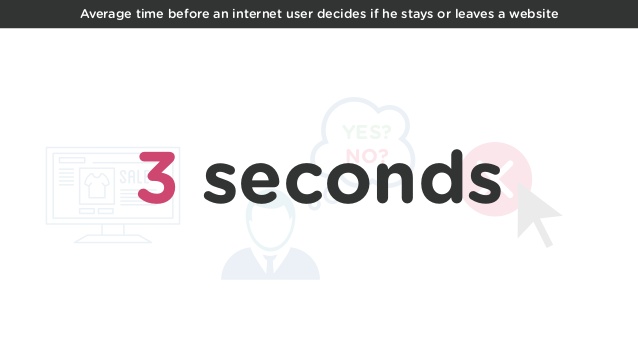No matter if your online store is big or small, much-touted or unknown, if it sells a plethora of different products or offers just one type of specialized goods, its goals are always the same. Every e-shop is aimed at making as much profitable deals as possible. Understanding the nuances of different shopping cart types is crucial for long-term success.
Although good advertising and expansion of product range may lead to good results in a long run, nothing is more crucial for a successful online business than a high conversion rate. So, today, Cart2Cart is going to share some of the most proven, straightforward and efficient tips to skyrocket conversion rate on your shopping platform.
1. Provide mobile shopping.
Nowadays, the majority of internet users tend to browse the web with a smartphone or tablet whilst regular and unwieldy PC’s are swiftly losing their appeal. It’s not a secret that providing a mobile trade is crucial for a store that tries to increase the rate of conversion. According to current e-commerce trends, a significant majority of people who research products on their smartphones proceed to make a purchase. However, simply implementing mobile optimization is not enough, and it takes a well-thought-out arrangement to attract the customer. So, make sure your online store includes big, convenient purchase buttons, doesn’t require a long time to load and is fits perfectly on smartphone-sized screen, to increase the ecommerce conversion.
What people use for online product search according to Invesp Consulting.
2. Make your pages shorter.
Although, a lot of product information can be appreciated by the customers, your cart and checkout pages are not the best place to put it. Industry studies consistently show that shorter, more concise web-pages often lead to better conversion results compared to those requiring extensive scrolling. So, to reduce an overall pages lengths and provide users with more convenient shopping experience, consider this simple method. Place payment section right next to personal information fields, instead of putting them one below the other. That way, you’ll give customers a chance to fill required sections quicker, which will, surely, spur their motivation and thus, provide higher conversion.
3. Catch the shopper’s eye.
The value of shop’s outlook is hard to overestimate, since shoppers form their first impression about the online retailer based on its design.
- Firstly, find the optimal image quality, so that your pictures are not pixelating or taking forever to open. Ensuring image optimization is also vital, particularly when undergoing a custom migration service to a new platform.
- Then, make sure your backgrounds are consistent or just delete them altogether.
- Finally, provide the opportunity to zoom in on each of product images included in your store, so that customers can examine them more thoroughly.
4. Easy search.
Sometimes an overall complexity and tons of content can make your store look solid for a shopper, but a difficult search system is always off-putting to him. Many of the modern shopping carts present far wider opportunities than creating a simple search bar, so be sure not to neglect them. Permit your customers to filter products by qualities such as color, price and size to help them find desired goods easily, and they will thank you by increasing your conversion rate. For example, PrestaShop shopping platform offers a catalogue of such kind:

Due to the excessive market saturation, it is difficult to make an online store successful nowadays. But the most methodical web shop owners will find a way to achieve the highest trading results despite any circumstances. For those considering a platform change, careful pre-migration planning is key to success. So, implement uplisted practices, make your conversion rate skyrocket and get to the top of e-Commerce market right now.
Cart2Cart wishes you a good luck and if you have any suggestions on the matter of conversions, which we are sure you do, get them across us by leaving a comment.
Monthly Update – December 2025
As 2025 draws to a close, two critical trends are reshaping e-commerce conversion rates: hyper-personalization driven by advanced AI and the continued optimization of the checkout experience. Retailers are leveraging sophisticated AI models to analyze browsing behavior, purchase history, and even real-time interactions to deliver personalized product recommendations, dynamic pricing, and tailored content, which significantly reduces decision fatigue and boosts conversions. Beyond just recommendations, AI chatbots are providing instant, context-aware customer support, guiding shoppers through their journey and resolving queries that might otherwise lead to cart abandonment.
Simultaneously, a frictionless checkout process remains paramount. Implementations of one-click payment options, guest checkout, and transparent shipping costs are crucial. Furthermore, the integration of digital wallets and biometric authentication speeds up transactions, minimizing the steps to purchase. Businesses prioritizing these AI-powered personalization strategies and streamlining their checkout funnels are seeing substantial increases in conversion rates, demonstrating that convenience and relevance are key to securing sales in the competitive online landscape of December 2025. For more details, explore our FAQ section or schedule a call with a migration expert.








